Rank Genus Phylum Chordata | Suborder Serpentes Scientific name Acanthophis Higher classification Elapidae Order Scaled reptiles | |
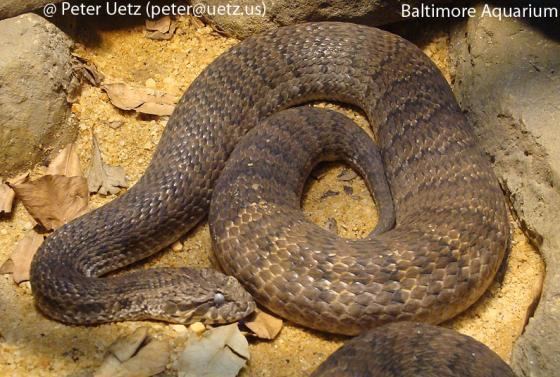 | ||
Lower classifications Common death adder, Desert death adder | ||
Acanthophis sp dajarra dajarra death adder caudal luring
Acanthophis is a genus of elapid snakes. Commonly called death adders, they are native to Australia, New Guinea and nearby islands, and are among the most venomous snakes in the world. The name of the genus derives from the Ancient Greek acanthos/ἄκανθος "spine" and ophis/ὄφις "snake", referring to the spine on the death adder's tail.
Contents
- Acanthophis sp dajarra dajarra death adder caudal luring
- Acanthophis hawkei death adder eating a rat
- Description
- Origin of name
- Hunting
- Venom
- Taxonomy
- Species
- References
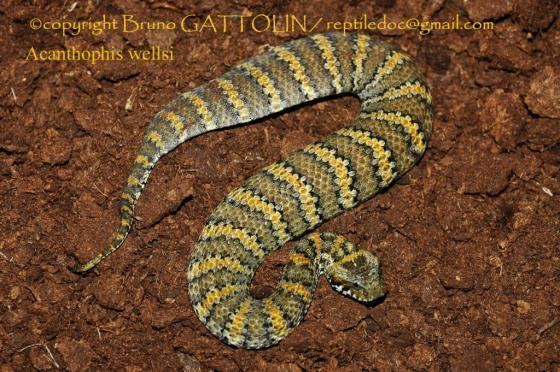
Seven species are listed by ITIS, though it remains unclear how many species this genus includes, with figures ranging from 4 to 15 species being quoted (see Taxonomy).
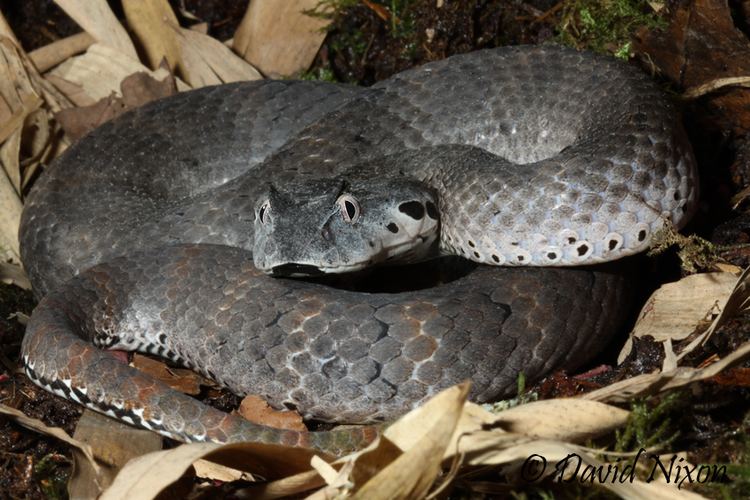
Acanthophis hawkei death adder eating a rat
Description
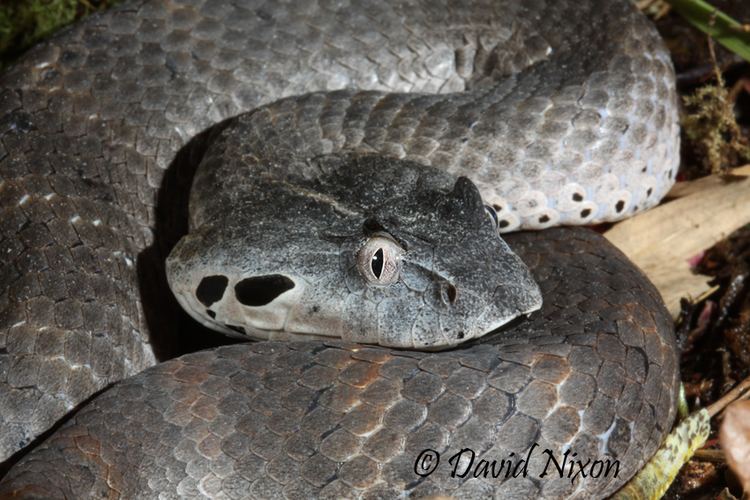
Death adders are very viper-like in appearance, having a short, robust body, triangular shaped heads and small subocular scales. They also have vertical pupils and many small scales on the top of the head. Their fangs are also longer and more mobile than for most other elapids, although still far from the size seen in some of the true vipers. Despite their name, they are not related to adders, which are members of the family Viperidae, and their similar appearance is due to convergent evolution.
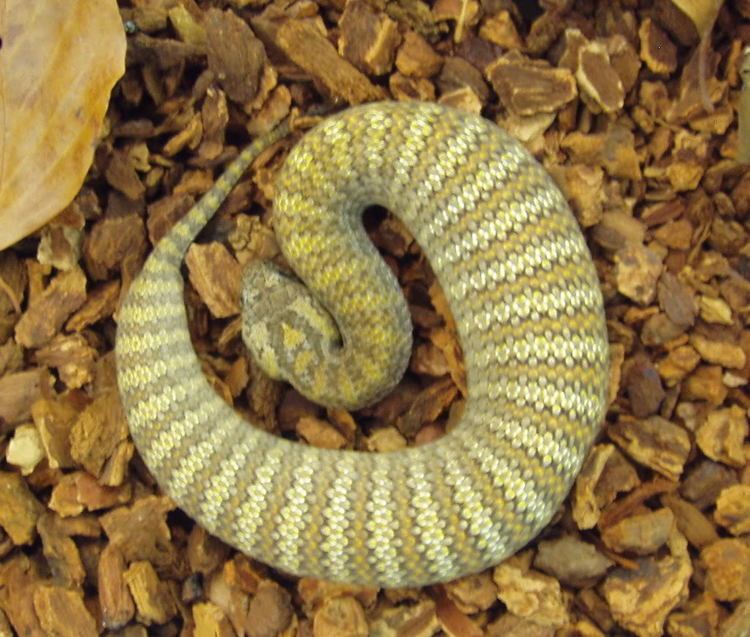
They normally take 2–3 years to reach adult size. Females are generally slightly larger than the males. They can also be easily distinguished from other Australian snakes because of a small, worm like lure on the end of their tail, which is used to attract prey. Most have large bands around their bodies, though the color itself is variable, depending on their locality. Colours are usually black, grey or red and yellow, but also include brown and greenish-grey.
Origin of name
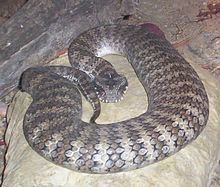
Death adders were originally called "deaf adders" by early settlers of Australia. Unlike other snakes that tend to run away from human disturbance, the death adder's method of hunting by ambush inclines it to stay, leading to the notion that the death adder cannot hear. However, death adders, like other snakes, perceive ground vibrations.
Hunting
Unlike most snakes, death adders do not actively hunt, but rather lie in ambush and draw their prey to them. When hungry, death adders bury themselves among the substrate. This may be leaf litter, soil or sand, depending on their environment. The only part of themselves they expose are their head and their tail, both generally very well camouflaged. The end of the tail is used for caudal luring and when wiggled, it is easily mistaken for a grub or worm. An unsuspecting bird or mammal will eventually notice the 'easy lunch' and attempt to seize it. Only then will the death adder move, lashing out with the quickest strike of any snake in the world. A death adder can go from a strike position, to strike and envenoming their prey, and back to strike position again, in less than 0.15 seconds.
Venom
Death adders can inject on average 40–100 mg of highly toxic venom with a bite. The LD50 of the venom was reported as 0.4–0.5 mg/kg subcutaneous and it is completely neurotoxic, containing neither haemotoxins nor myotoxins, unlike most venomous snakes.
A bite from a death adder can cause paralysis which seems minor at first but can cause death from a complete respiratory shutdown in six hours. Symptoms of envenomation can be reversed through the use of death adder antivenom, or using anticholinesterases, which break the synaptic blockade by making acetylcholine more available to the parasympathetic nervous system, thus mitigating the effects of the venom.
Before antivenom was introduced, it is reported that about 50% of death adder bites were fatal. Deaths are much rarer nowadays as the anti-venom is widely available and the progression of envenomation symptoms is slow.
Taxonomy
Although the death adders resemble vipers of the Viperidae family, they are actually members of the Elapidae family, being more closely related to cobras, mambas, and coral snakes.
It remains unclear how many species this genus includes. Traditionally, only A. antarcticus, A. praelongus and A. pyrrhus have been recognized. In 1998 five new species were described (A. barnetti, A. crotalusei, A. cummingi, A. wellsei and A. woolfi) and in 2002 an additional three were described (A. groenveldi, A. macgregori and A. yuwoni). These were received with scepticism, and only A. wellsi, where an extended description has been published, has been widely recognized. Further confusion exists over the death adders from Papua New Guinea and Indonesia. They have variously been placed in A. antarcticus or A. praelongus. In 2005 it was shown that neither is appropriate, and the New Guinea death adders fall into two main clades: The rather smooth-scaled A. laevis complex (including death adders from Seram), and the rough-scaled A. rugosus complex. The latter can be divided into two sub-clades; one, A. rugosus sensu stricto, from southern New Guinea, and a second, A. hawkei, from northern Queensland and the Northern Territory in Australia. It is likely some of these include more than one species, as populations included in e.g. A. laevis show extensive variation in both pattern and scalation.
Species
* Not including the nominate subspecies.
TType species.
